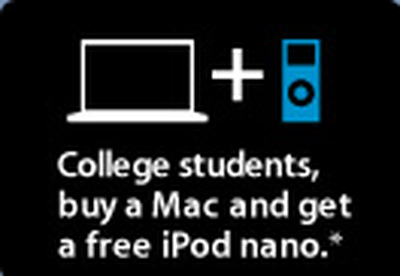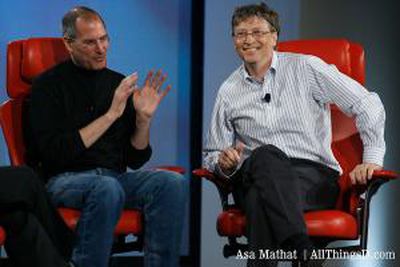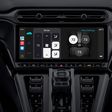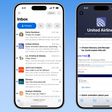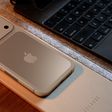BusinessWeek is reporting on research firm iSuppli's analysis of how much it is costing Apple to assemble the Apple TV.
According to the report, Apple's margins on the product appear to be uncharacteristically slim from a consumer electronics product. While Apple is used to margins in excess of 50% on such products, iSuppli estimates the 40 GB Apple TV's bill of materials at $237, leaving a margin of $62 (approximately 20%). The newly released 160 GB version of the Apple TV is estimated to have a better margin at 30%.
Of all component suppliers, Intel stands to make the most off the Apple TV. The Intel under-clocked Pentium M is the most expensive component at $40. Intel also supplies a chipset valued at $28, bringing Intel's material share to 28% of the total bill of materials.
iSuppli's numbers do not account for research and development or marketing costs, and actual material costs may vary depending on special deals Apple may have acquired.


